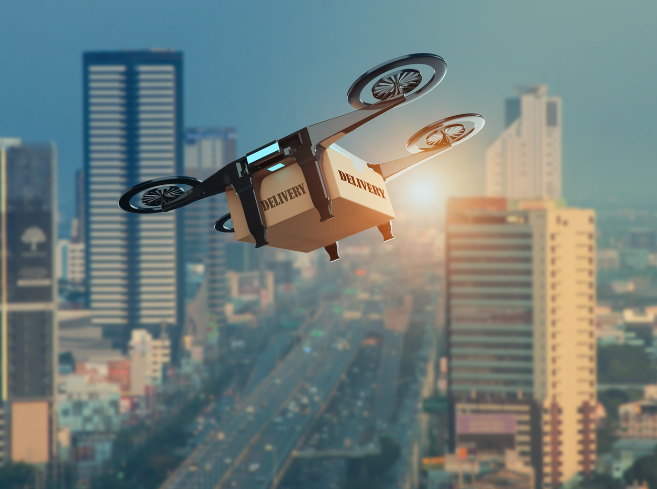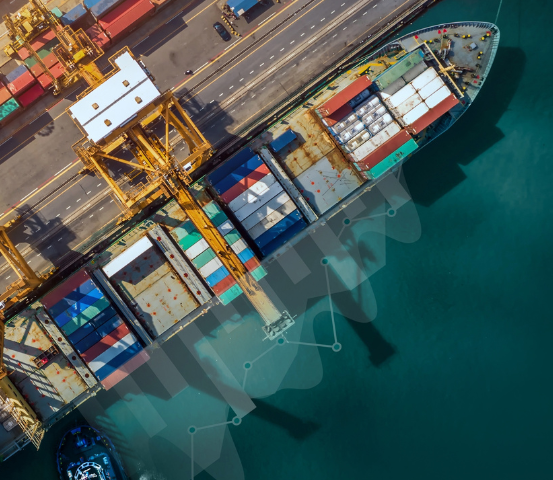Logistics operations usually include high costs, and this is one of the challenges most companies face in this field. The arena of logistics is constantly changing because of the latest technological advancements that help to improve efficiency and cut down costs. There is a pool of trends coming in to restructure the world of logistics. In this blog, we will look into the technology trends on which businesses should keep an eye and incorporate in their logistics sector.
Artificial Intelligence (AI) and Machine Learning (ML)
AI and machine learning, being the two major factors in the evolution of logistics technology, are mainly used to organize operations, improve decision-making processes, and predict demand.
Predictive Analytics – To optimize inventory levels, decrease waste, and make sure of on-time deliveries, many companies are using AI for analyzing historical data and forecasting future demands.
Route Optimization - With an aim to reduce costs and improve delivery times, AI algorithms analyze various variables like traffic patterns, weather conditions, and delivery windows to determine the most efficient delivery routes.
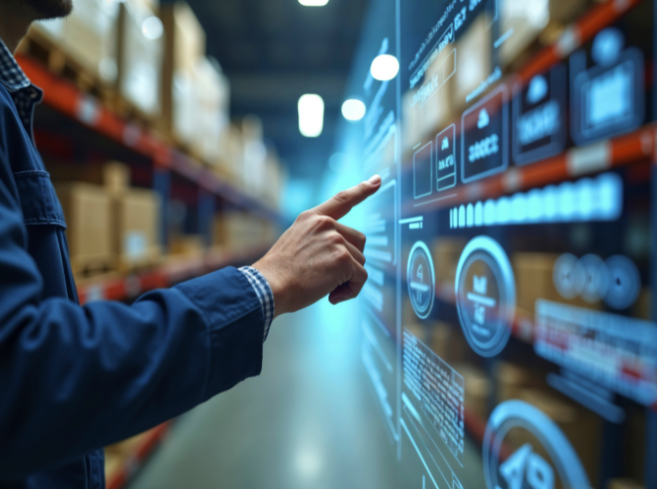
Blockchain Technology
What this technology promises to deliver is improved security and transparency, which are important for building credibility among stakeholders. Blockchain is changing the way of sharing and managing data across supply chains.
Improved Traceability - Companies can track where products come from and how they move through the supply chain using a secure record of transactions delivered by blockchain. This is important for industries like food and pharmaceuticals, where accountability cannot be compromised.
Smart Contracts - Logistics processes like payments and compliance can be automated by implementing smart contracts. Eventually, they reduce administrative burdens and improve efficiency.

Robotics and Automation
Warehouse automation is getting complicated with time, as robotics got an important role to play in managing logistics operations efficiently.
Automated Warehousing - In modern warehouses, automated guided vehicles (AGVs) and autonomous mobile robots (AMRs) are not a rare sight anymore. Tasks like picking, packing, and sorting goods in warehouses can be handled by robotics for better operational efficiency and fewer human errors.
Last-Mile Robotics - It’s not just to replace traditional delivery methods, but robotic delivery systems are also being developed for last-mile logistics with the goal of creating automated delivery directly to customers’ doors.
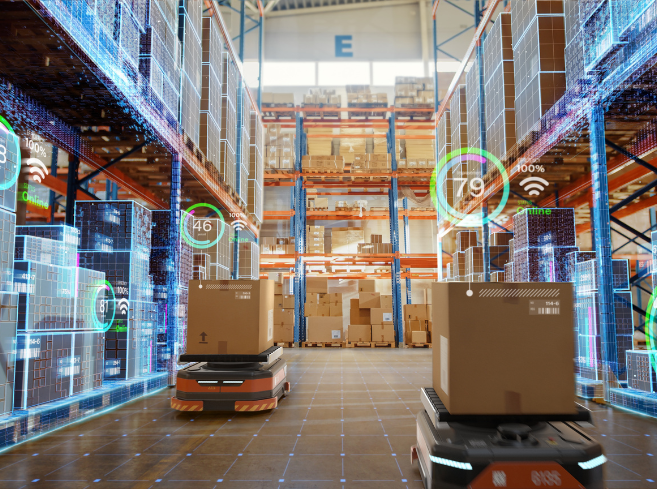
Internet of Things (IoT)
The Internet of Things (IoT) keeps on transforming logistics by connecting devices and allowing real-time data sharing.
Supply Chain Visibility - To track shipments in real-time, IoT devices like RFID tags and smart sensors are used by businesses.
Monitoring of Condition - It's important for items like fresh food or delicate electronics to be kept at the right temperature and humidity levels to stay safe. This is why constantly checking up on goods while transporting them is a must.
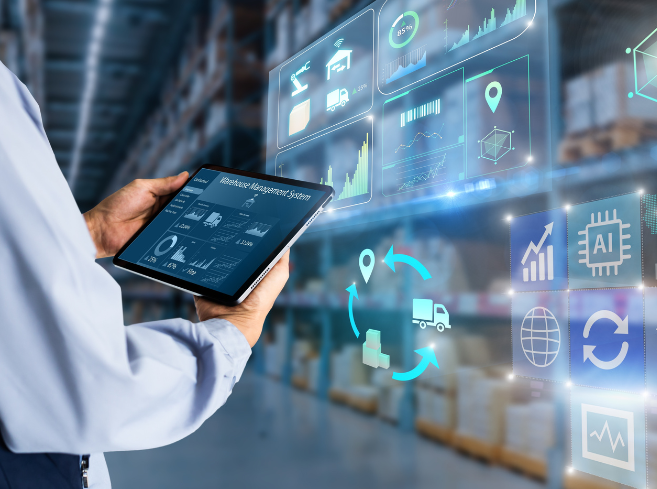
Autonomous Vehicles and Drones
The adoption of autonomous vehicles and drones for transportation and delivery purposes in the logistics industry is increasing because of the advancements in automotive technology and regulatory frameworks.
Last-Mile Delivery - Companies are using drones to deliver packages to customers' doorsteps in urban areas, where traffic congestion can delay traditional delivery methods. Drones can also help to reduce delivery times and operational costs.
Self-Driving Trucks - Autonomous trucks promise to rely less on human drivers, lower labor costs, and improve safety through minimization of human error; they are being tested for long-haul routes.
